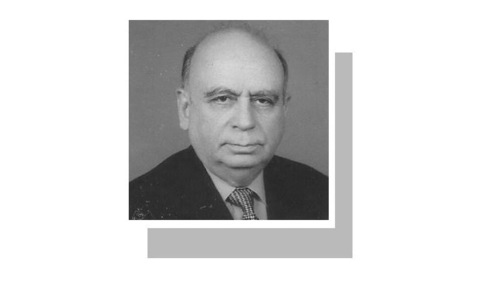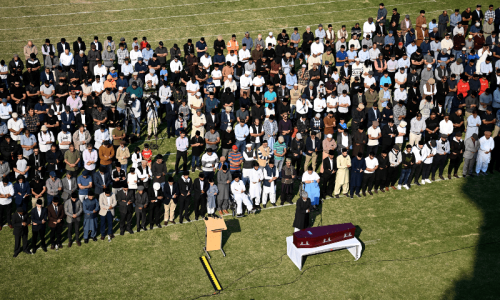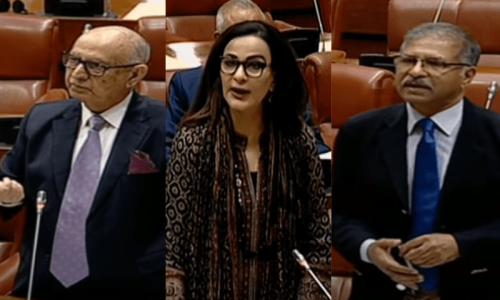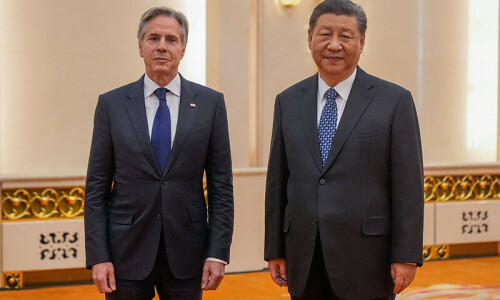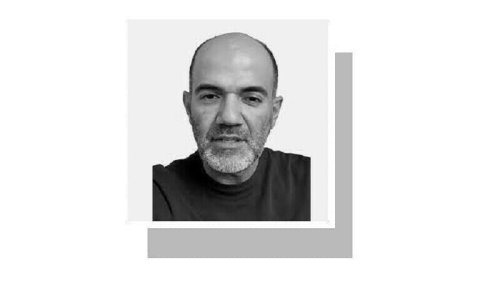
SYMBOLS (amsaal) always fascinate the human intellect and imagination. While otherwise mechanical thinking fails to take note of common words and their meanings, symbols draw our attention to them. The sacred texts, great poetry, mystical writings and imaginative literature often use symbols that encourage human thought and imagination to find multiple meanings in the one written or crafted symbol. Their interpretations will always depend on, for example, one’s sociocultural, intellectual and imaginative inclinations and capabilities.
A symbol is a sign that shows something to mean another. It is seen as “a thing that represents or stands for something else, especially a material object representing something abstract”.
For example, Buddha is reported to have said that when he pointed his finger towards something he did not expect others to just keep looking at his finger, but to look at the object his finger was pointing to.
God in the Quran speaks to the people through ‘symbols’.
Likewise, symbols in Arabic are often referred to as aaya, a ‘sign’. We see a lot of signs, particularly on roads and highways, such as arrows, curves, etc. They are meant to guide the drivers, and the drivers are supposed to know what they mean. A learner that wants to get a driving licence is tested on his or her knowledge of these signs.
Similarly, sacred and highly complex subtle literature, poetry, art and architecture frequently use symbols to invite humankind to consider and reflect upon ‘signs’ in the universe, like the sun, the moon, human qualities, animals, birds, trees, and other such ‘beautiful’ things; all these allude to something that is majestic and lofty leading to awe and wonder.
Thus, the approach to understanding the symbols is not to look at them literally but to see their intended meanings. Like an arrow on a road does not actually mean an arrow but shows the direction of a street or an institution. If sacred literature, such as the Quran, or any other holy book, were only literally or verbally true it would not have asked us to reflect on the aayaat. If everything is so obvious, then what is there to reflect upon? The fact is God in the Quran itself speaks to people through ‘symbols’.
Let us take only two symbols, out of so many, from the Quran: one is noor (‘light’) and the other zulumaat (‘darkness’). Verse 2:257, for example, says, “Allah is the Protector of those who have faith: from the depths of darkness He will lead them forth into light. Of those who reject faith the patrons are the evil ones: from light they will lead them forth into the depths of darkness. They will be companions of the fire, to dwell therein (forever).”
Obviously, we cannot understand this verse literally. We are, instead, inclined to think that this is something more symbolic and it has to be interpreted accordingly. Since it involves interpretation, therefore, multiple views will emerge. That is precisely the purpose of signs or symbols as they invite us to reflect on their intended meanings.
Throughout Muslim exegetical history, interpreters have interpreted the verses in various ways, depending on their own sociocultural, religio-political backgrounds. Apart from the literal meaning, the general trend has been that the light is the light of ‘guidance’ and ‘knowledge’, while the darkness is ‘ignorance’.
In a philosophical sense, if we were to look at the physical light, what does it do? It not only itself is bright (roshan) but it also ‘enlightens’ other things. Knowledge, likewise, is itself evident and it sheds light on other things for the observer.
Similarly, darkness hides things, as in the darkness things cannot be seen clearly. On the other hand, the more light we have, the better we are able to see things.
Similarly, the more knowledgeable we are, the more we are likely to appreciate different perspectives or interpretations of the same thing.
Now, ‘those’ who take out people from the ‘light’ and put them into ‘darkness’ may refer to those who oppose this process of enlightenment and insist on holding on to the ways they have been used to. They cannot see new perspectives and insist, as the Quran puts it, that “...Enough for us are the ways we found our fathers following. ... (5:104).”
This could be one more reason why Iqbal says, “free (aazad kar) the intellect (khirad) from bondage (ghulami) and make the young teachers of the old”. Could he mean that the new ideas be given space to enrich our societies through multiple ways of looking at the symbols, metaphors and allusions used in the sacred texts and complex literature to enlighten our paths in a global village?
The writer is an educationist with an interest in the study of religion and philosophy.
Published in Dawn, January 26th, 2018

